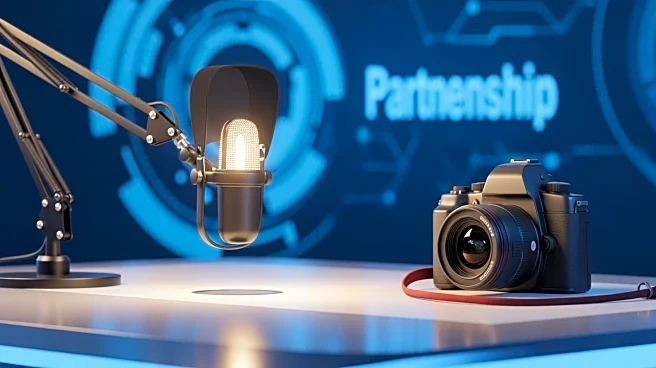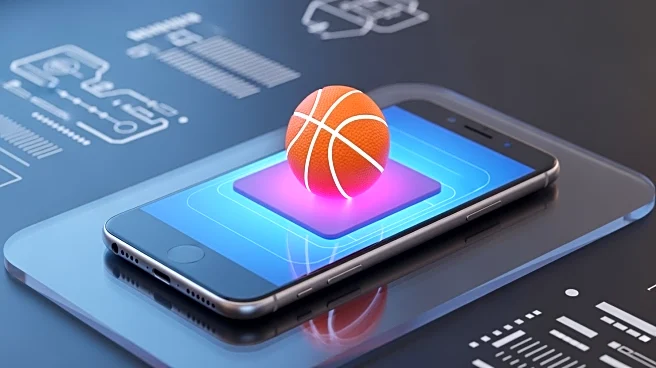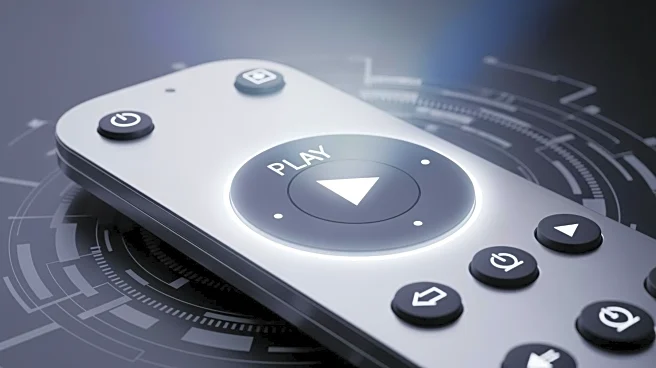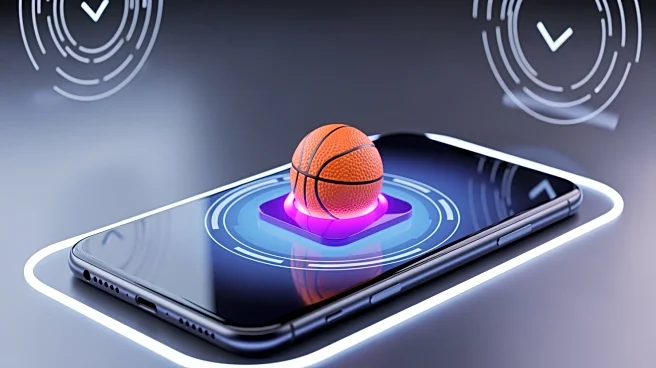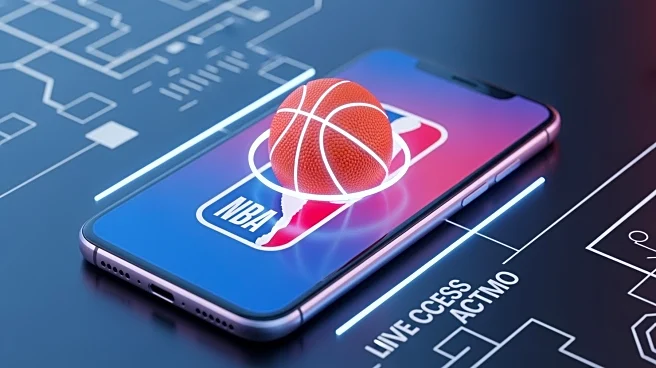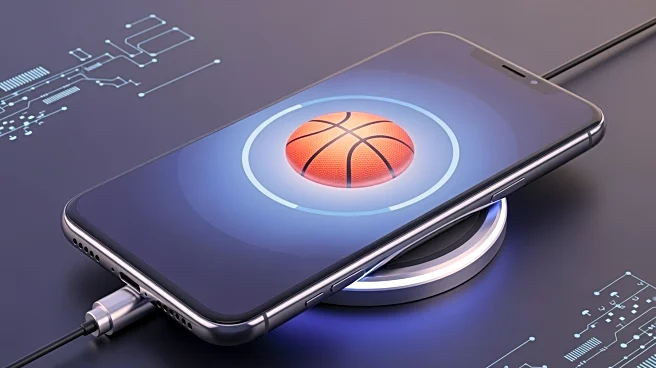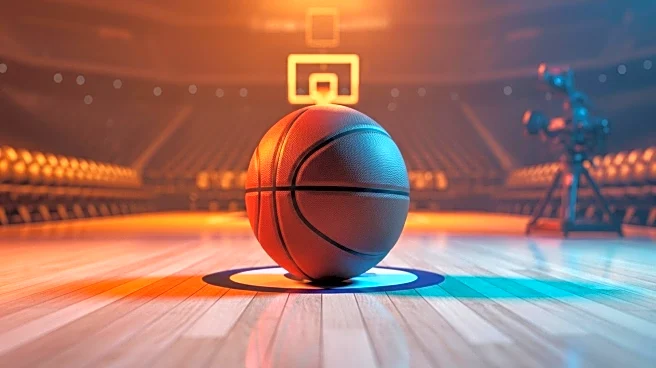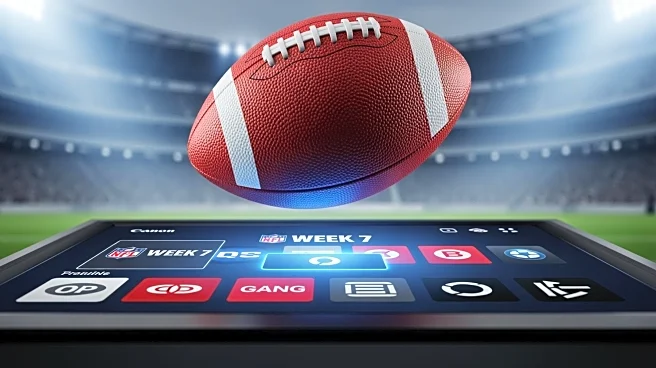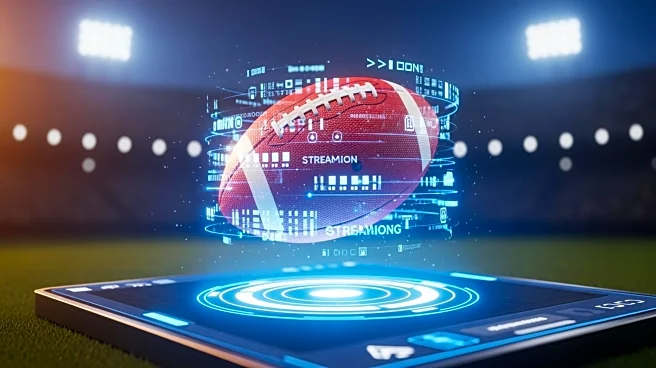What's Happening?
The NBA has announced a significant shift in its media strategy by partnering with NBC Universal and Amazon's Prime Video, alongside Disney, in a deal worth $76 billion over 11 years. This move marks NBC's
return to broadcasting NBA games for the first time since 2002. The league aims to emulate the NFL's successful media model by expanding its reach through network television and streaming platforms. The new strategy includes airing games on ABC, ESPN, NBC, Peacock, Prime Video, NBA TV, and the League Pass subscription service. This approach is designed to cater to cord-cutters and younger audiences by offering a more personalized viewing experience with features like multi-view capabilities and alternate feeds. The NBA's media partners are also focusing on creating a more positive and celebratory tone in their broadcasts, moving away from the often critical and debate-driven coverage of the past.
Why It's Important?
This strategic shift is crucial for the NBA as it seeks to reverse declining television viewership and adapt to changing consumer habits. By aligning more closely with the NFL's media strategy, the NBA hopes to attract a wider audience and enhance fan engagement. The inclusion of streaming platforms is particularly significant as it reflects the growing trend of viewers shifting from traditional cable to digital streaming services. This move could potentially increase the NBA's global reach, as Prime Video plans to broadcast games in 12 languages across 200 countries. However, the new media ecosystem may lead to increased costs for fans who wish to access all games, as they may need subscriptions to multiple streaming services. The success of this strategy will depend on the NBA's ability to balance the need for positive coverage with the demand for candid and critical analysis from its audience.
What's Next?
As the NBA implements its new media strategy, it will be crucial to monitor audience reception and viewership trends. The league and its partners will need to assess whether the shift towards a more positive and celebratory broadcast tone resonates with fans. Additionally, the NBA will have to navigate potential challenges related to the increased costs for fans and the complexity of finding games across various platforms. The success of this strategy could influence other sports leagues to reconsider their media approaches, particularly in the context of the ongoing shift towards digital streaming. The NBA's ability to maintain and grow its audience in this new media landscape will be a key factor in determining the long-term viability of this strategy.
Beyond the Headlines
The NBA's new media strategy highlights broader trends in the sports broadcasting industry, where traditional cable networks are losing ground to digital streaming services. This shift reflects changing consumer preferences and the need for sports leagues to adapt to new technologies and viewing habits. The NBA's focus on creating a more positive broadcast environment also raises questions about the role of media in shaping public perceptions of sports and athletes. As the league moves away from debate-driven coverage, it will be interesting to see how this impacts fan engagement and the overall discourse surrounding the NBA. The success of this strategy could set a precedent for other leagues and media companies, potentially leading to a more diverse and dynamic sports media landscape.
